January 28th 2022
How To Find Eye Clean Diamonds & Avoid Bad Ones
By Devin Jones
Eye clean diamonds are in high demand, but how can we easily identify them and avoid making a big buying mistake?
What are eye clean diamonds?
A diamond is eye clean if the stone is free of any inclusions that would be visible to the naked eye. The standard test involves looking at the diamond under good lighting conditions from a normal distance (no closer than 6 inches away). The below 1.03 carat G SI2 diamond is so heavily included with dark inclusions that it will definitely not be eye clean.
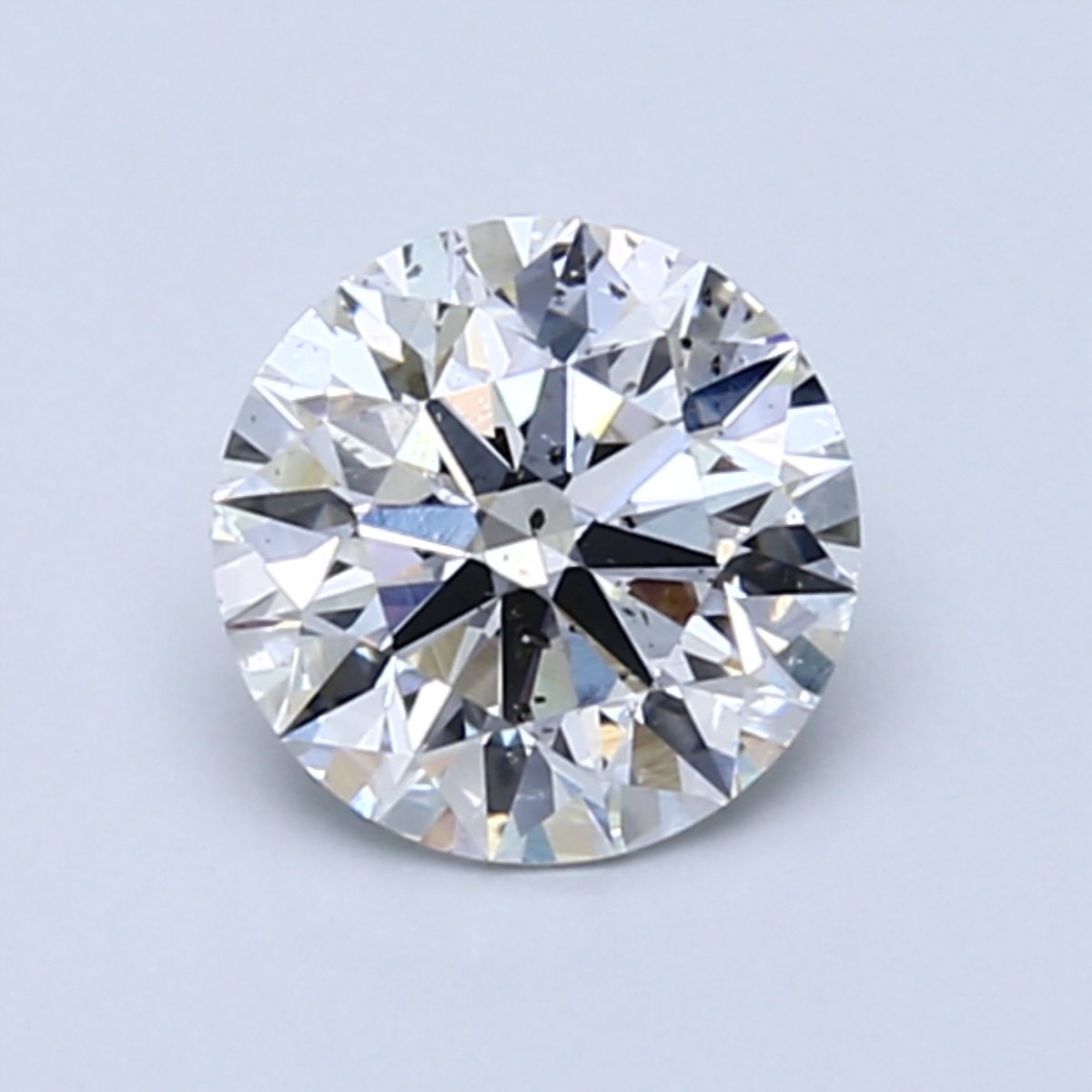
What types of inclusions should I avoid when looking for an eye clean diamond?
The worst diamond inclusions are generally dark inclusions located near the top, center of the diamond's table. However, there are a variety of different types of inclusions and positions of inclusions that you will want to avoid including:
- Dark crystals or other dark inclusions (like this one)
- Large inclusions on the center table (like this one)
- Multiple inclusions on the center table (like this one)
- The comment “clarity grade is based on clouds that are not shown” for SI1 or lower clarity grades (like this one)
- Feathers or other inclusions that are open to the surface of the diamond (these can collect dirt and cause structural issues - like this one)
Dark inclusions
Dark inclusions are the worst. Not only are they more obvious to the naked eye than transparent or "white" inclusions, but they also block and absorb light that is reflecting around inside the diamond. This means the presence of dark inclusions not only makes a diamond less eye clean, but also makes it less sparkly. (Link)
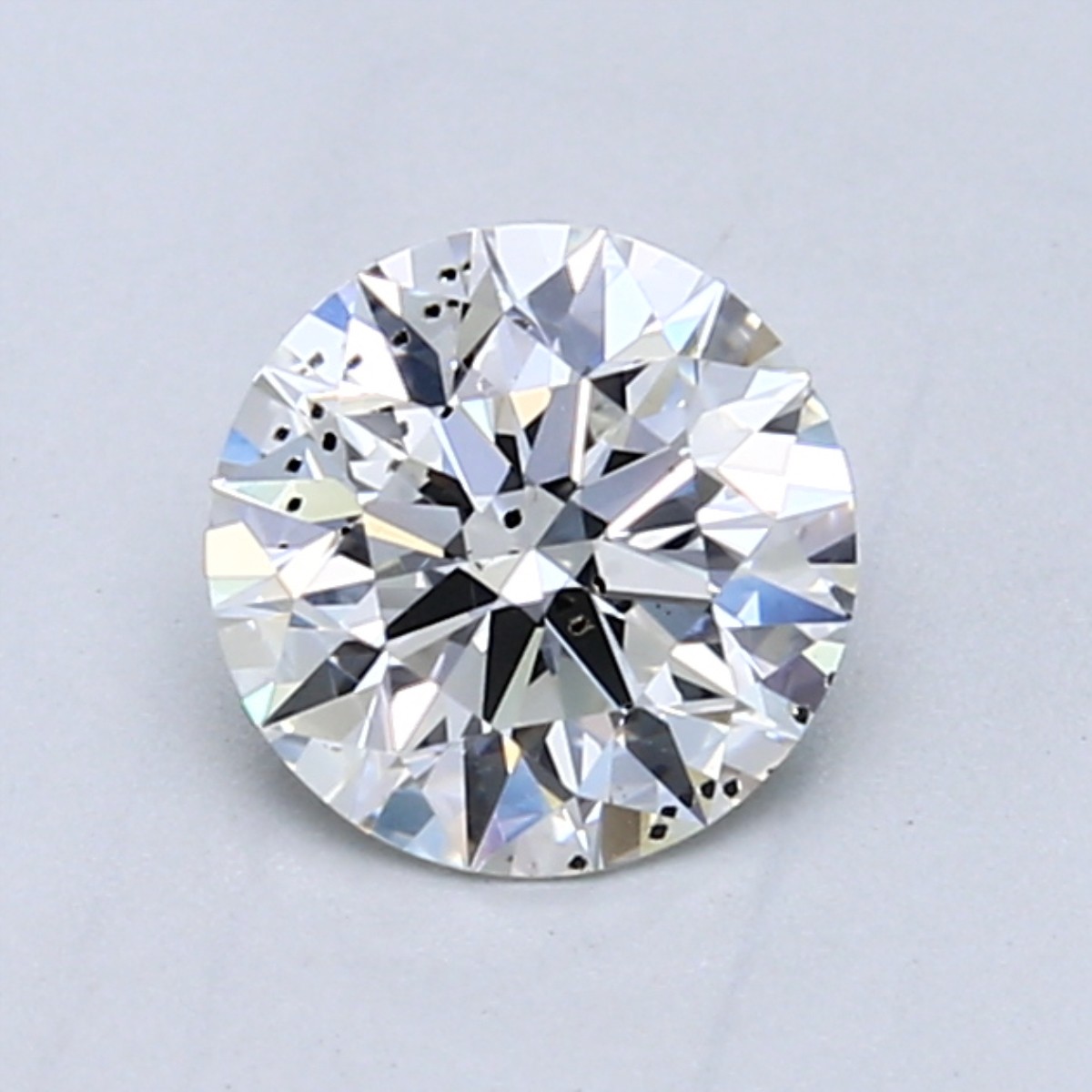
Large inclusions on the center table
The worst location for an inclusion in on the center of the table (the large flat facet on the top of the diamond). These inclusions are more easily visible than they would be if placed off to the side of the diamond under the more densely populated, smaller facets. (Link)
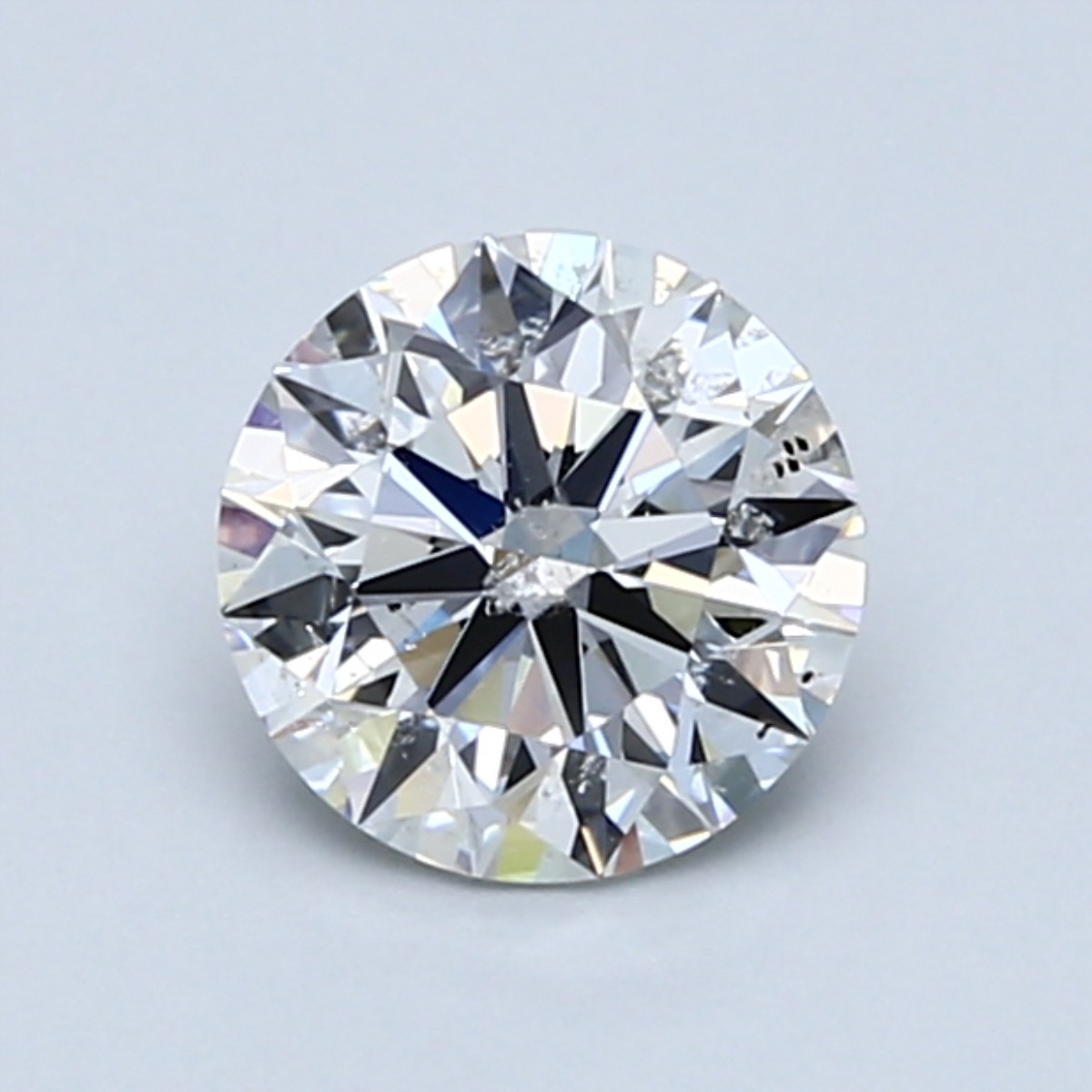
Multiple inclusions on the center table
Even if the diamond doesn't have a singular, large inclusion you should always be careful of too many inclusions on the center table. They can affect light performance and also become more visible in the aggregate like the diamond shown below. (Link)

“Clarity grade is based on clouds that are not shown”
These diamonds are technically "eye clean" but we felt it should be included in this section as these diamonds should definitely be avoided. If you find a diamond that is SI1 or lower and the GIA certificate includes the comment "clarity grade is based on clouds that are not shown", these diamonds have received this comment (which appears in the comments section of the GIA certificate) because the clouds inside the diamond are so large that plotting them would have taken over the entire diamond plot. Clouds of this size will almost definitely hurt a diamond's light performance, making the diamond look dull and cloudy/hazy. (Link)
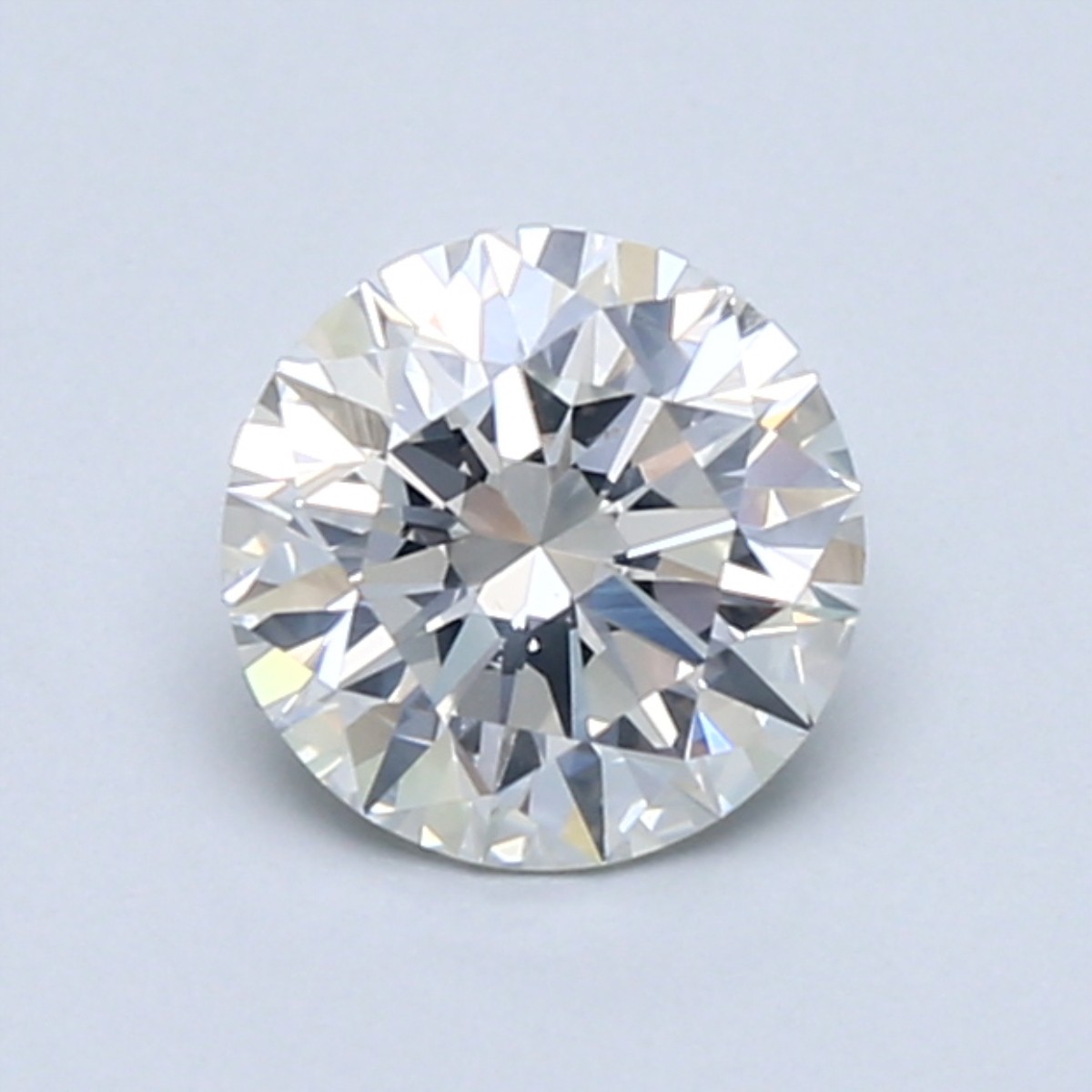
Inclusions that are open to the surface
The diamond shown above under the "clouds not shown" section also has another potentially harmful, though technically eye clean, inclusion that we should be aware of. If you look at the below GIA certificate plot taken from that diamond, you'll notice that the highlighted sections of the plot would match up perfect if you flipped the image on the right horizontally. This is because the left side of the top view in a GIA image matches up with the right side of the bottom view, and when you see inclusions like this that both touch the outside edge of the diamond it is a red flag that the inclusion is likely open to the surface of the diamond or else is at risk of creating a weak spot on the experior of the diamond where the diamond could crack if struck with significant force. (Link)
Which clarity grades are eye clean?
Generally speaking, FL, IF, VVS1, VVS2, and VS1 clarity grades should be completely eye clean. However, it all depends on the grading agency as well. Certain grading agencies are stricter than others and the GIA and AGS are the most consistent and stringent of the bunch. That said, there are other good grading agencies and IGI has been a popular choice for some time as well.
Are VS2 diamonds eye clean?
VS2 diamonds are eye clean the vast majority of the time. Again, this is assuming they are GIA or AGS certified diamonds. However, there are cases where VS2 clarity diamonds are “over-graded” and they are not eye clean. These are usually easy enough for an expert to identify from images and videos of the diamond, or for a jeweler to identify in-person using a loupe. Sometimes a VS2 diamond may be eye clean but just simply isn’t a great version of a VS2 like this diamond which is speckled with tiny dark crystals.
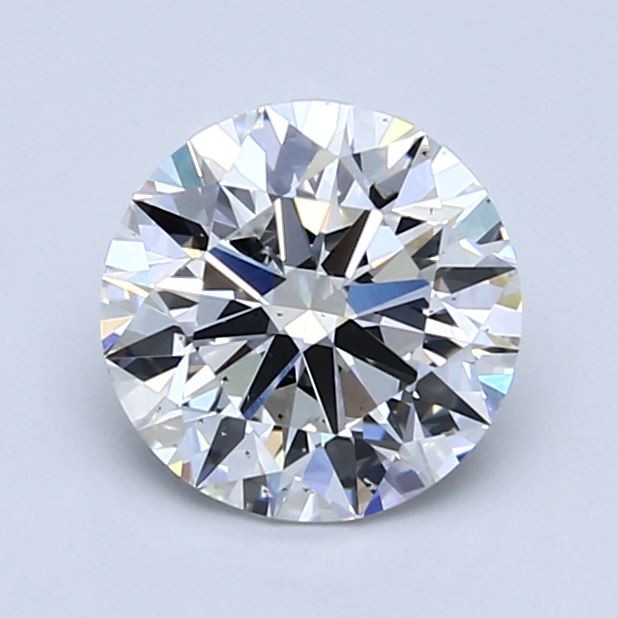
Are SI1 diamonds eye clean?
In our experience, SI1 diamonds are eye clean less than 50% of the time. We look for eye clean SI1 diamonds daily and it can be pretty tough to find good stones. One thing you’ll definitely notice when shopping for a diamond online is that SI1 diamonds tend to vary wildly in price for the same color and carat weight. At the time of my writing this article, Blue Nile lists its cheapest GIA triple excellent 1 carat G SI1 diamond for $5,028 and the most expensive for $7,024. That’s a price difference of +40% for diamonds that look the same on paper. Looking at the images it’s pretty obvious why - the cheapest option is clearly not eye clean (as you can see below) while the most expensive option looks totally eye clean.

Now for the crazy part - the prices for 1 carat G VS2 diamonds on Blue Nile range from $6,345 - $7,206. That’s right, the most expensive VS2 diamond is only 2.5% more expensive than the most expensive SI1 diamond, but the cheapest VS2 is 26% more expensive than the cheapest SI1. The diamond market is competitive and diamonds are priced differently for a reason. That is why we typically advise our users to look for VS2 clarity graded diamonds if they are in the market for an eye clean stone. Any savings you may be able to get by going with an SI1 diamond are usually there for a reason (it’s not an eye clean diamond).
Read more in our SI1 vs VS2 Diamond Clarity Grade Comparison
Are SI2 diamonds eye clean?
SI2, I1, I2, and I3 clarity grades do not tend to be eye clean. Again, the pricing of these diamonds is typically reflective of how eye clean they are. Please also be aware that just because a local jeweler is charging a high price for an SI or lower diamond does not mean it’s eye clean, the online market is fairly efficient but all of the price discovery goes out the window when meeting with a local jeweler.

